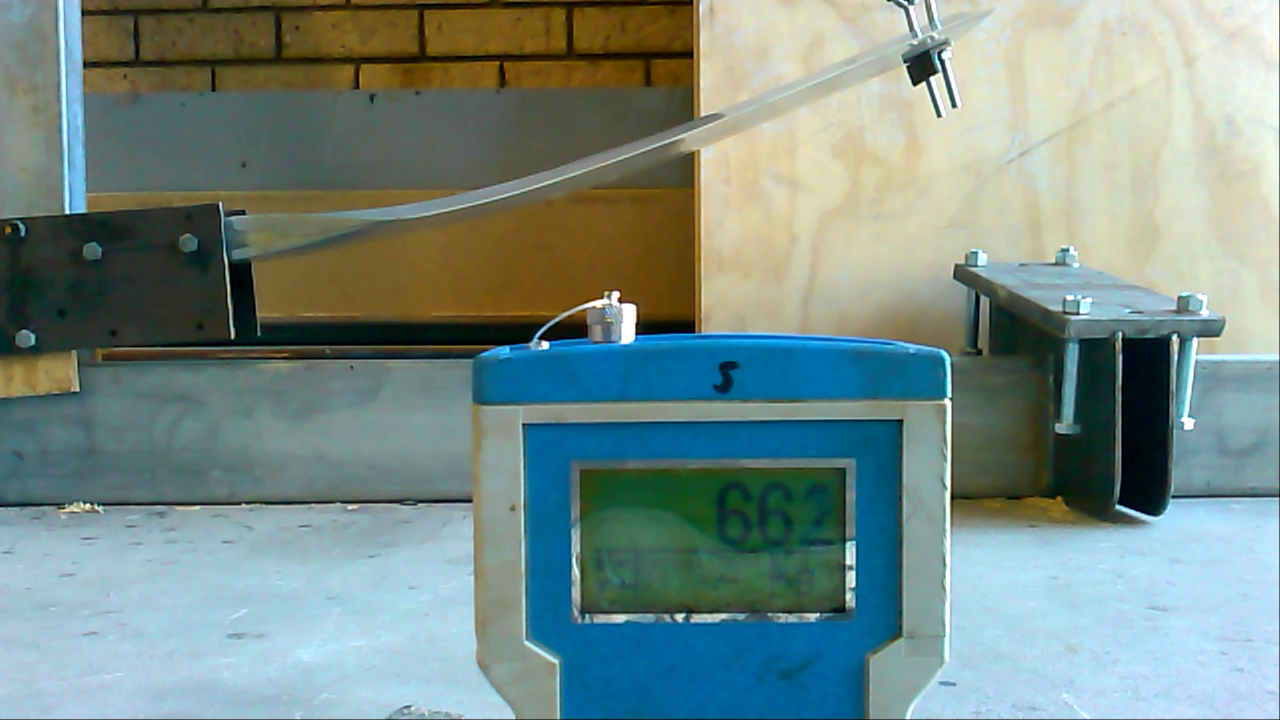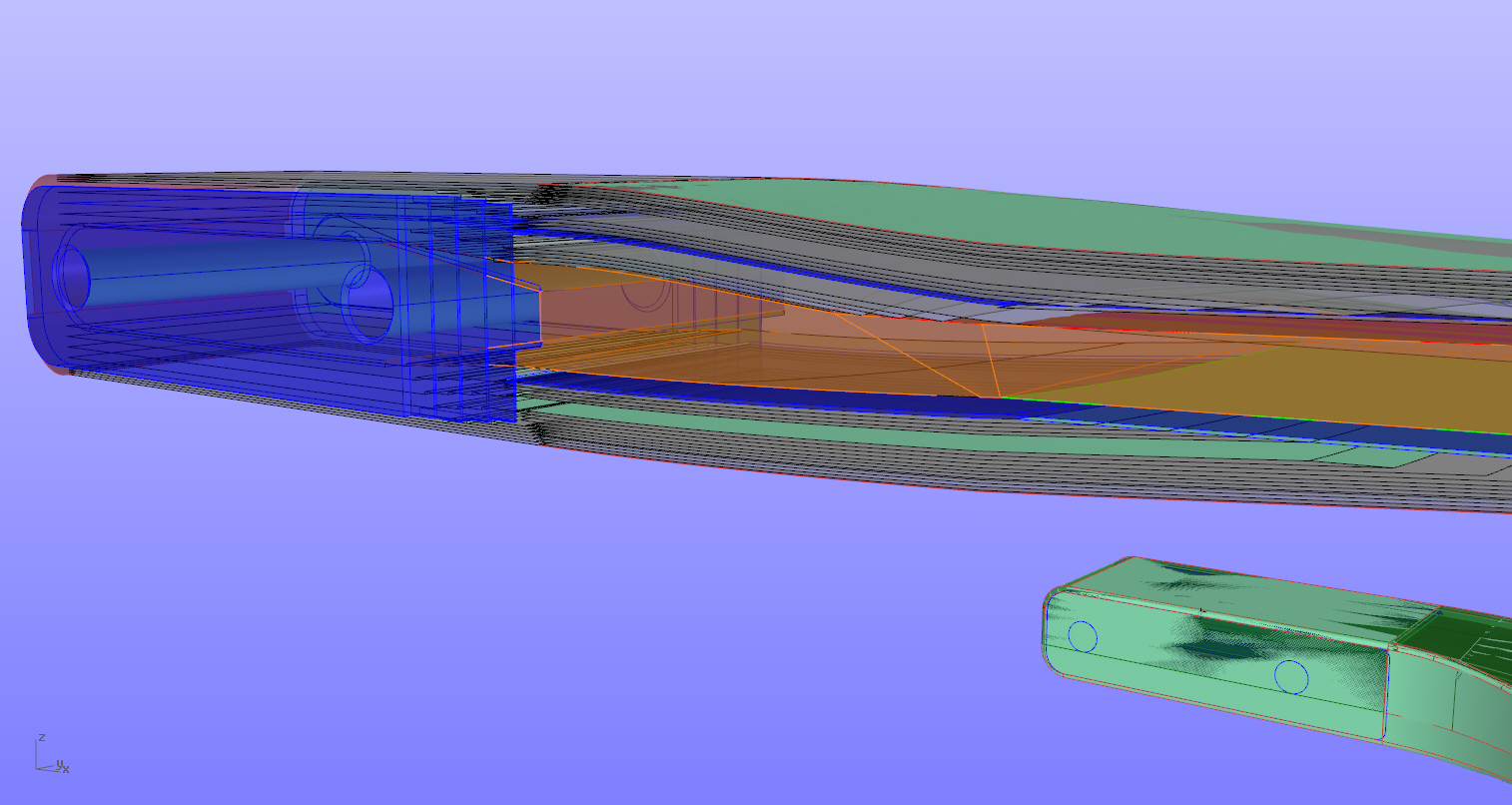Rotor Blades
Over the past 30 years most helicopter companies have gone back to making full composite rotor blades and rotor blade hubs, the main reason for this is because of fatigue affecting rotor blades made from aluminium.
Unfortunately there have been recent reports of a number of aluminium rotor blades developing cracks in gyro copters.
Composite rotor blades usually have an extended life, don't suffer from fatigue (provided they don’t get physically damaged) and are generally much smoother in-flight. This is because composite rotor blades if designed correctly can flex in-flight absorbing a lot of loads and reducing the teetering on the hub bar.
We decided to build the strongest and safest rotor blades ever built for gyro copters with the help of some of the world's leading aerospace composite engineers, with their extensive knowledge in helicopter rotor blades we were able to develop a rotor spar that is as strong as those used in helicopters.
Our composite rotor blades we developed for the Titanium Explorer are made from pre-preg carbon fibre, "Prepreg" is the common term for a reinforcing fabric which has been pre-impregnated with a resin system.
This resin system (typically epoxy) already includes the proper curing agent. As a result, the prepreg is ready to lay into the mould without the addition of any more resin. In order for the laminate to cure, it is necessary to use a combination of pressure and heat.
There are several advantages to using a prepreg rather than using traditional hand layup.
Maximum strength properties. In a hand layup, it is difficult to achieve 50% resin content. This means that the finished laminate weight is 50% fabric and 50% resin. Typical hand laminates, even when vacuum bagged, end up with a significant amount of excess resin. Excess resin increases brittleness and reduces overall properties. On the other hand, most prepregs contain around 35% resin. This is ideal for maximum cured properties and generally impossible to achieve in normal hand lamination.
With prepreg carbon fibre the TG (which is the point at which resin starts to soften) is around 120 degrees Celsius compared to wet laid composite that has a TG of between 65 to 85 degrees, so for the first time ever you could have pure black composite rotor blades.










